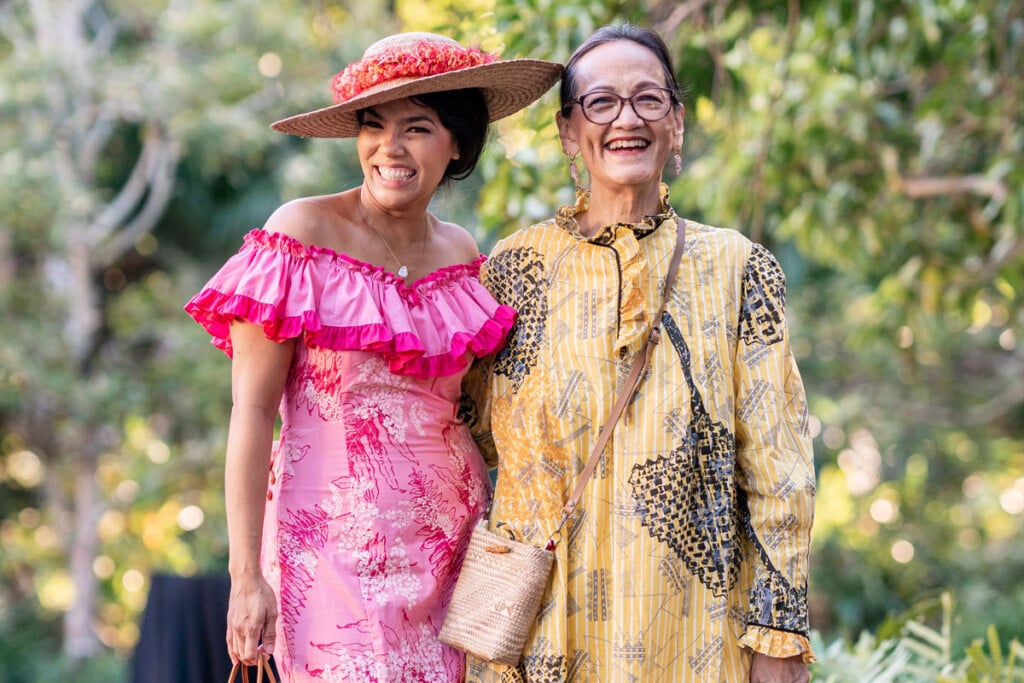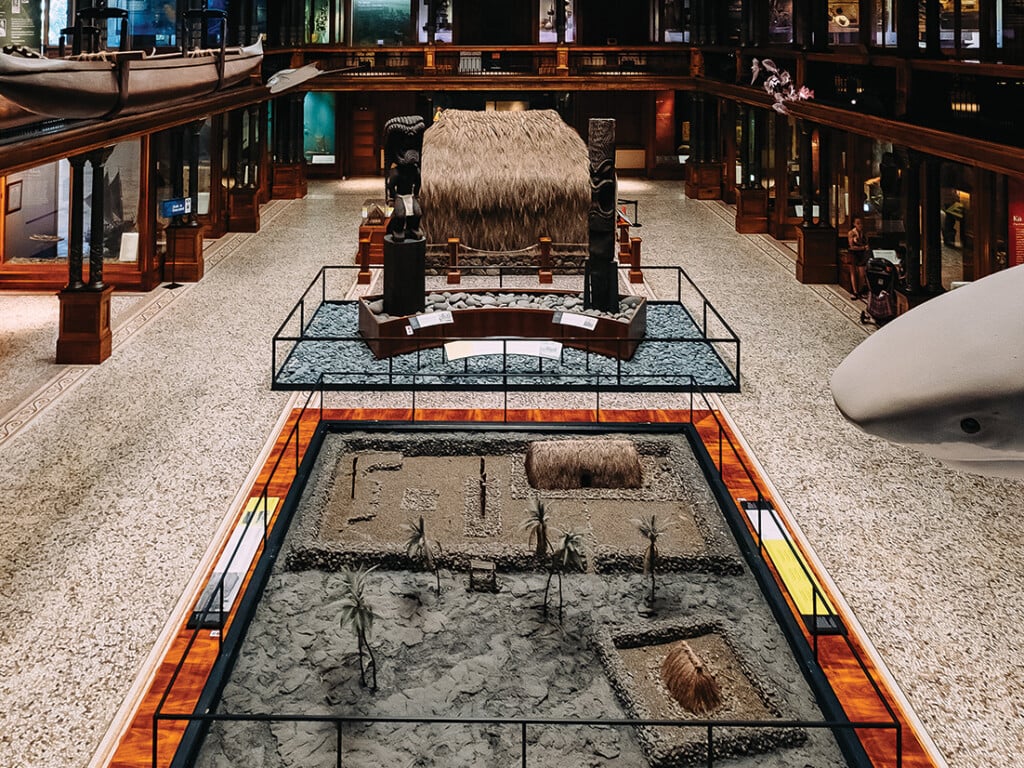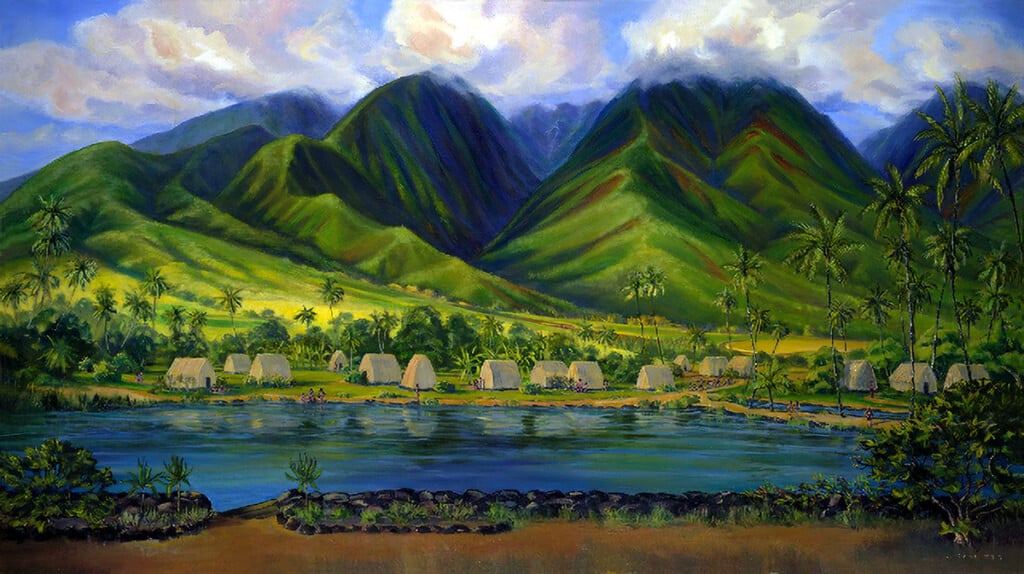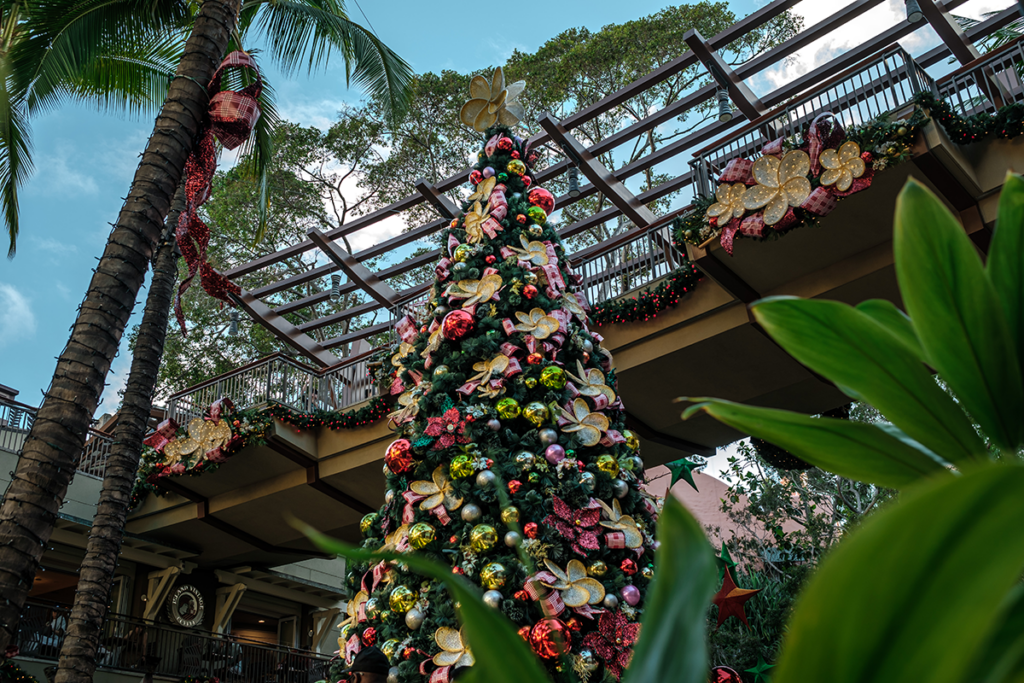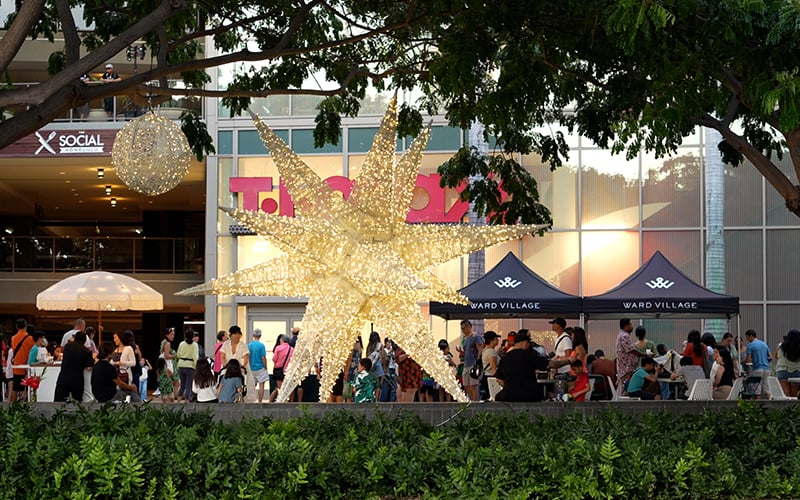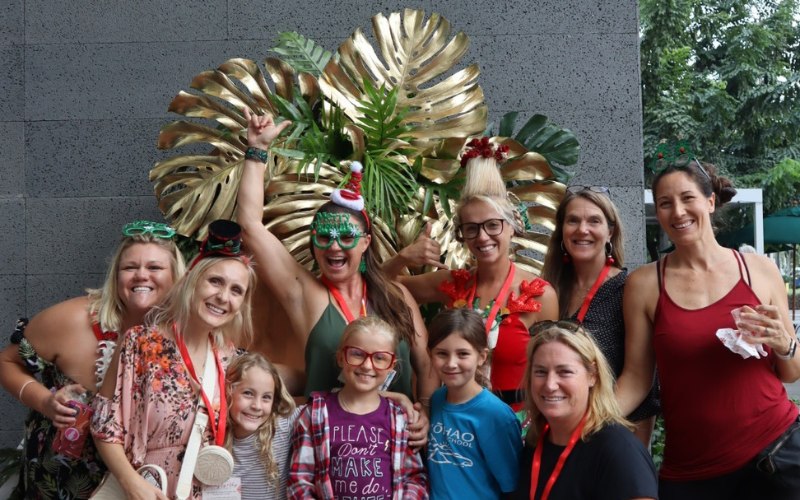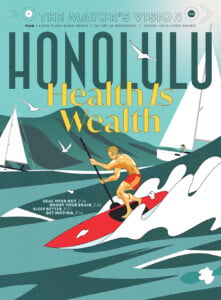Encouraging Visitors to Mālama Hawai‘i
Industry leaders in the Islands are pushing the idea of “regenerative tourism.”
A regenerative tourism movement has risen out of Hawai‘i’s visitor industry, with an eye on making Hawai‘i a better place for future generations. The movement fosters tourism that’s both sustainable and responsible. “We think about regenerative tourism as a means of resetting our industry and how it engages with our ‘āina and environment, with our community and with our guest,” says Kalani Ka‘anā‘anā, chief brand officer for the Hawai‘i Tourism Authority, the state agency responsible for managing tourism in the Islands.

Photo: Anthony Consillio
The movement gained momentum during the pandemic, with the visitor industry frozen and the local economy hemorrhaging. Many in Hawai‘i saw that tourism pause as a time of restoration for the Islands, and they didn’t want it to end after tourists returned. In 2022, the state released results of its Spring 2022 Resident Sentiment Survey, with 91% of residents saying it’s important to educate visitors about protecting Hawai‘i’s natural environment and cultural resources. And 70% of respondents said visitors should be encouraged to volunteer and give back during their visits to Hawai‘i.
“I think regenerative tourism in its simplest form or explanation is a model that gives more than it takes.”
— Kūhiō Lewis
Such sentiments helped shape HTA’s new destination management efforts as part of its five-year strategic plan to address pressing tourism-related issues. Reservation systems were put in place to manage visitor hot spots, such as at Diamond Head State Monument. To further mitigate visitor impacts, the agency created stewardship programs for the Road to Hāna in East Maui and on Hawai‘i Island in Keaukaha and Pololū. For each of these places, HTA provides funds and other resources to nonprofits that help protect natural and cultural resources.
HTA also wants visitors to consider volunteering during their trips. It launched its Mālama Hawai‘i “voluntourism” program in 2021. And recently, it signed an agreement with sustainability nonprofit Kanu Hawai‘i to build a portal on the GoHawaii.com website where visitors can reserve spots as volunteers.
SEE ALSO: Protecting Hawai‘i’s Soul
Ka‘anā‘anā says some people are concerned that visitors come to Hawai‘i to relax, not to volunteer. “Of course, we want them to do all the fun things. We want them to enjoy themselves and to be respectful and mindful, but we believe that as part of a full itinerary, they can also spend some time volunteering with our community-based nonprofits,” he says.
In May, HTA awarded two marketing contracts, to the Hawai‘i Visitors & Convention Bureau for pre-arrival services and to the Council for Native Hawaiian Advancement for post-arrival services, to help with its regenerative tourism efforts.
“I think regenerative tourism in its simplest form or explanation is a model that gives more than it takes, so how do tourists … and [the] visitor industry give to Hawai‘i more than it extracts from Hawai‘i?” says Kūhiō Lewis, president and CEO of the Council for Native Hawaiian Advancement.
He also sees it from an economic perspective. “Separate from the HTA contract … there are things CNHA can do, like build the capacity of our local organizations so they can engage in tourism, whether it’s agritourism, voluntourism or different forms of tourism, so that they can start to tap into that economic base of the visitor,” Lewis says. “Why are there so few Hawai‘i businesses in Waikīkī? Where’s the local economy in the visitor industry? That’s part of regenerative to me.”
